ELTE Research Centre for the Humanities | 1097 Budapest, Tóth Kálmán utca 4. | HU15854939

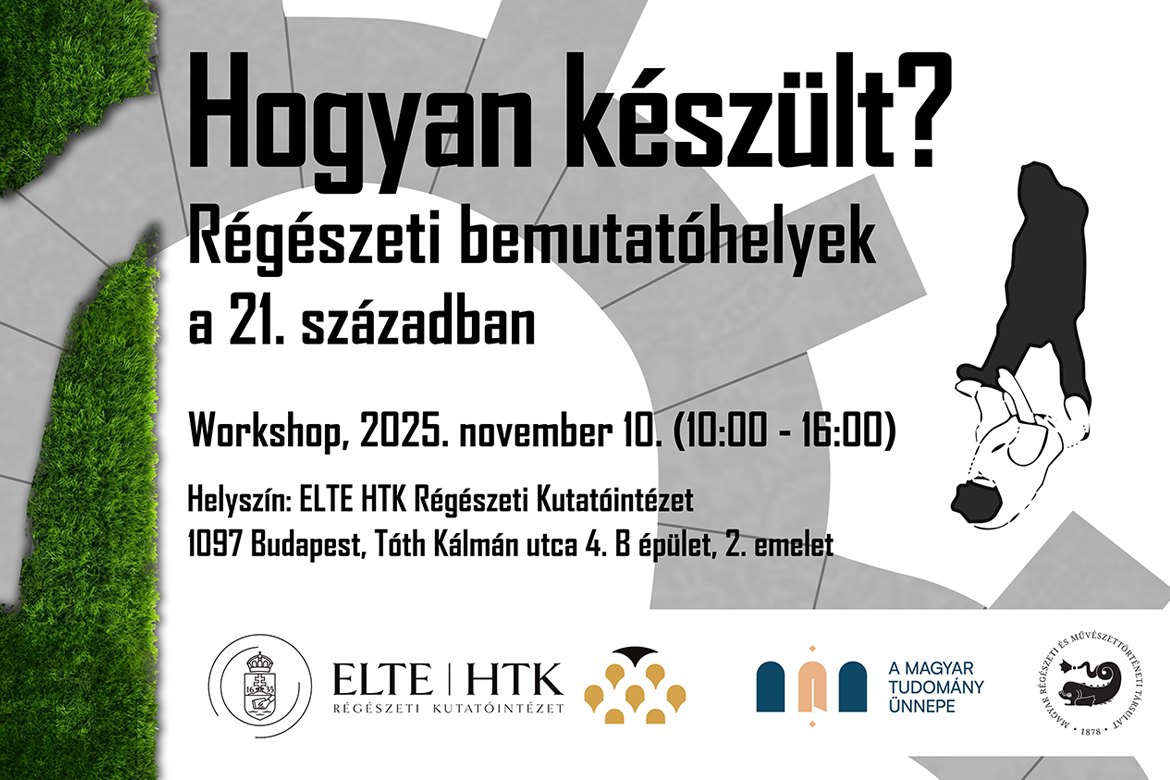
A 2025. november 10-én megrendezésre kerülő workshop, bár elsősorban római korral foglalkozó projekteket faggat, a kérdéssel mégis sokkal általánosabban kíván foglalkozni, és a régészet, az építészet és a műemlékvédelem képviselőinek aktív részvételével egy diskurzust kíván indítani a témával kapcsolatban. A program az MTA Jubileumi Tudományünnep 2025 programsorozatához kapcsolódóan a Magyar Régészeti és Művészettörténeti Társulat és az ELTE HTK Régészeti Kutatóintézet közös rendezvényeként valósul meg.
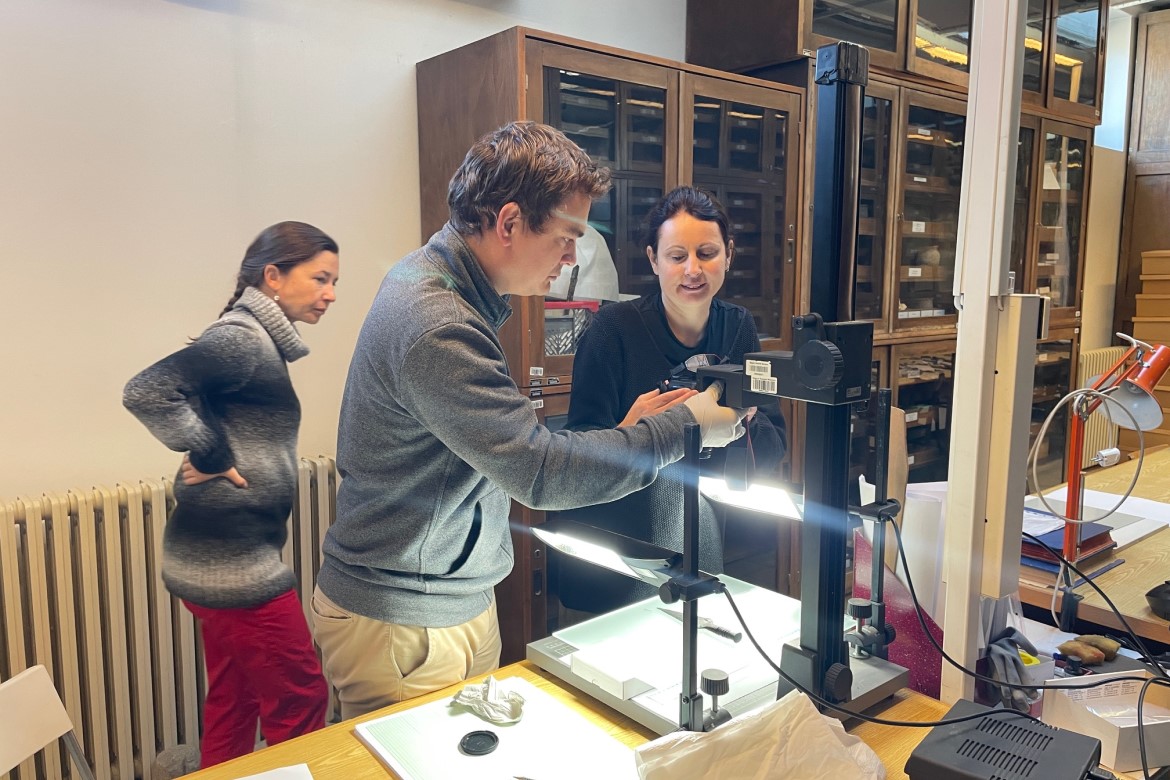
Az ELTE HTK Régészeti Kutatóintézet és a Cseh Tudományos Akadémia prágai Régészeti Intézete 2023-ban kétoldalú nemzetközi kutatási projektek kutatási mobilitási támogatását nyerték el, mely a Nyugat-Magyarország és Közép-Csehország területe közötti kapcsolatok kutatását célozza meg a Kr. e. 2200 és 1500 közötti időszakban. A korábbi bejegyzésünkben bemutatott, Kiss Viktória és Daniel Hlásek vezetésével folyó kétéves projekt keretében 2025 őszén a Cseh Tudományos Akadémia Régészeti Intézetének két fiatal munkatársa tett egyhetes látogatást Magyarországon.

As of August 1, 2025, the HUN-REN Research Centre for the Humanities continues its operations as the ELTE (Eötvös Loránd University) Research Centre for the Humanities. Within this new structure, the former Institute of Archaeology has been renamed Institute of Archaeology, ELTE Research Centre for the Humanities.
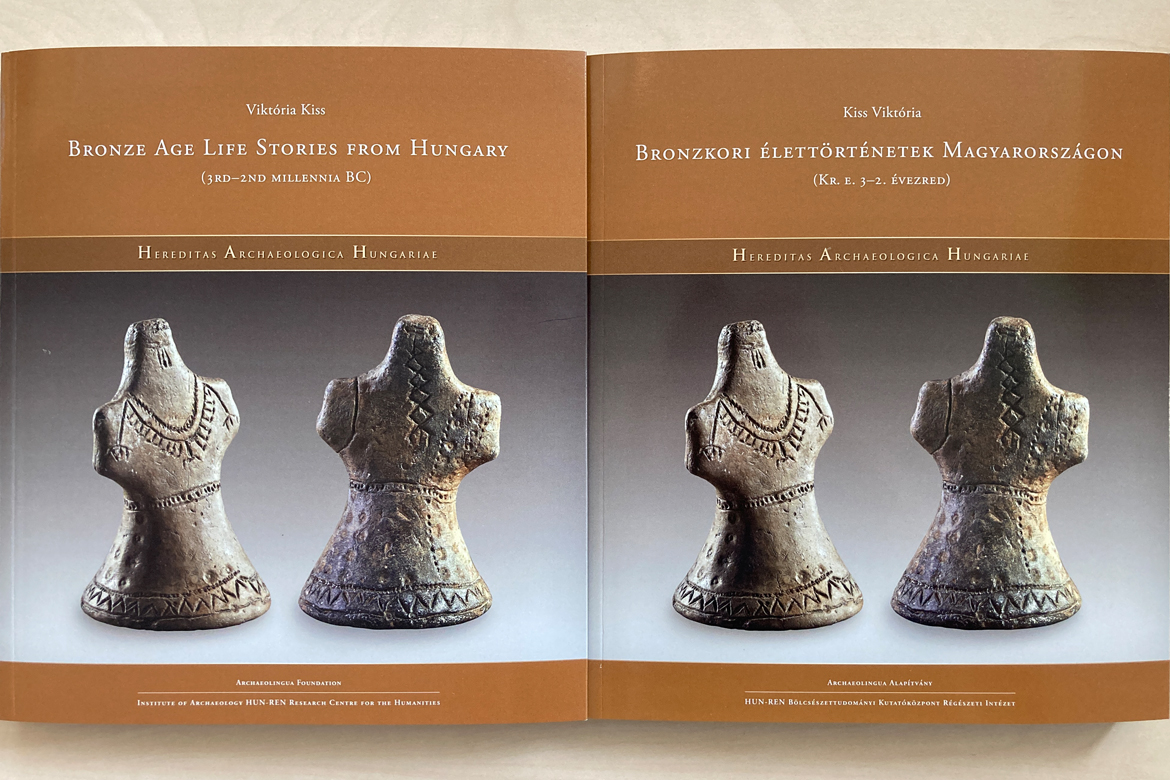
Viktória Kiss summarises the results of a nearly 10-year-long research in her newly published book ‘Bronze Age Life Stories from Hungary (3rd–2nd millennia BC)’, disseminating knowledge in an easily accessible style while also meeting high scientific standards. One of the aims of the Lendület/Momentum research project, which she has been leading since 2015, was to explore the history of Bronze Age societies, including the life stories of individuals living 4,000 years ago, using multidisciplinary approaches. The book is now available in both English and Hungarian and will be officially launched at the MTA 200 event in October 2025.
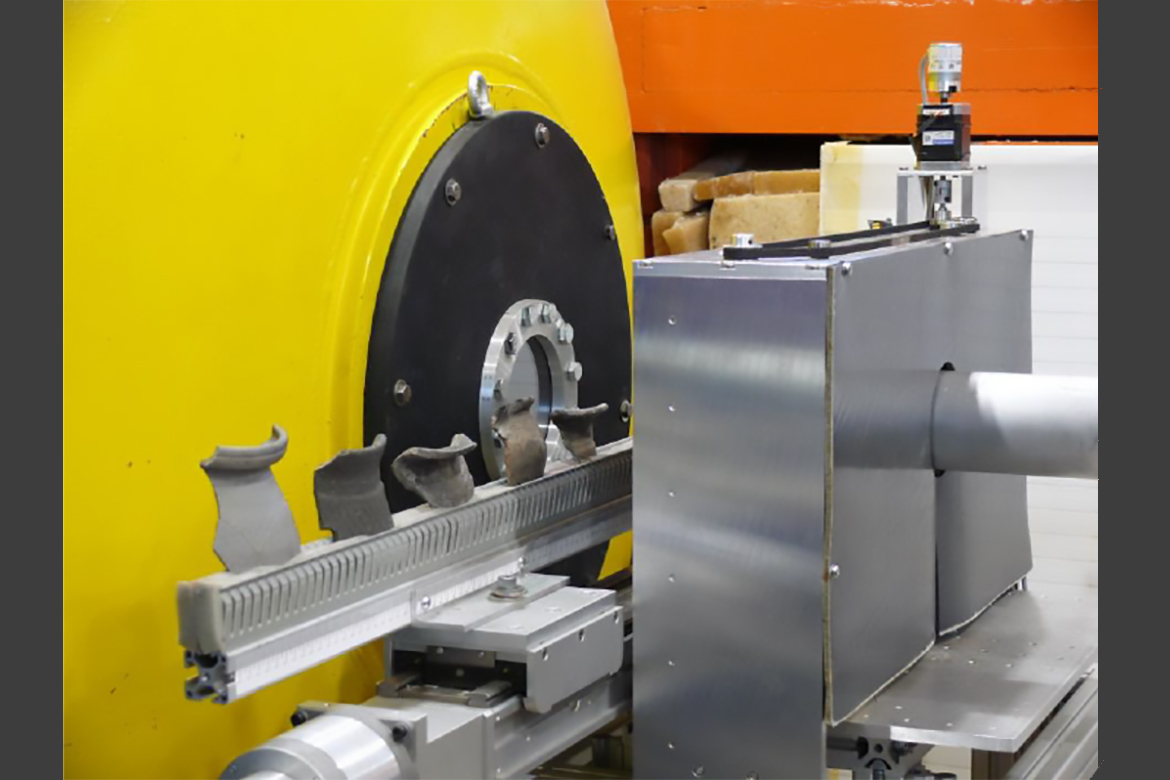
Archaeological artefacts are frequent visitors at the BNC, as they are involved in numerous international and Hungarian archaeology projects. It also maintains a close working relationship with the HUN-REN RCH Institute of Archaeology.
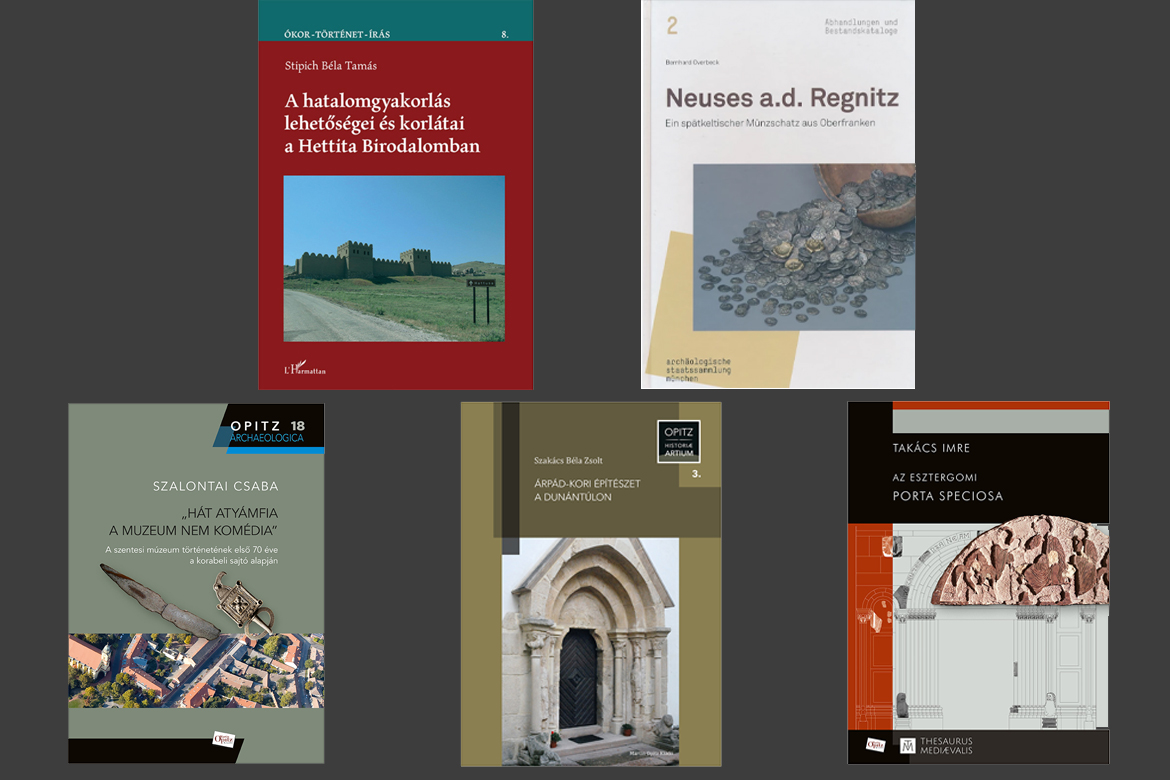
Kedves Olvasóink!
Könyvajánló rovatunkkal a könyvtárunkba frissen érkezett kiadványokra szeretnénk felhívni a figyelmüket. A könyvek kölcsönözhetők, hozzáférhetőségükről az online katalógusban informálódhatnak, további felvilágosítást a könyvtárosoktól kérhetnek.
A könyvtár nyitva tartásáról és a kölcsönzés feltételeiről a könyvtár oldalán tájékozódhatnak.
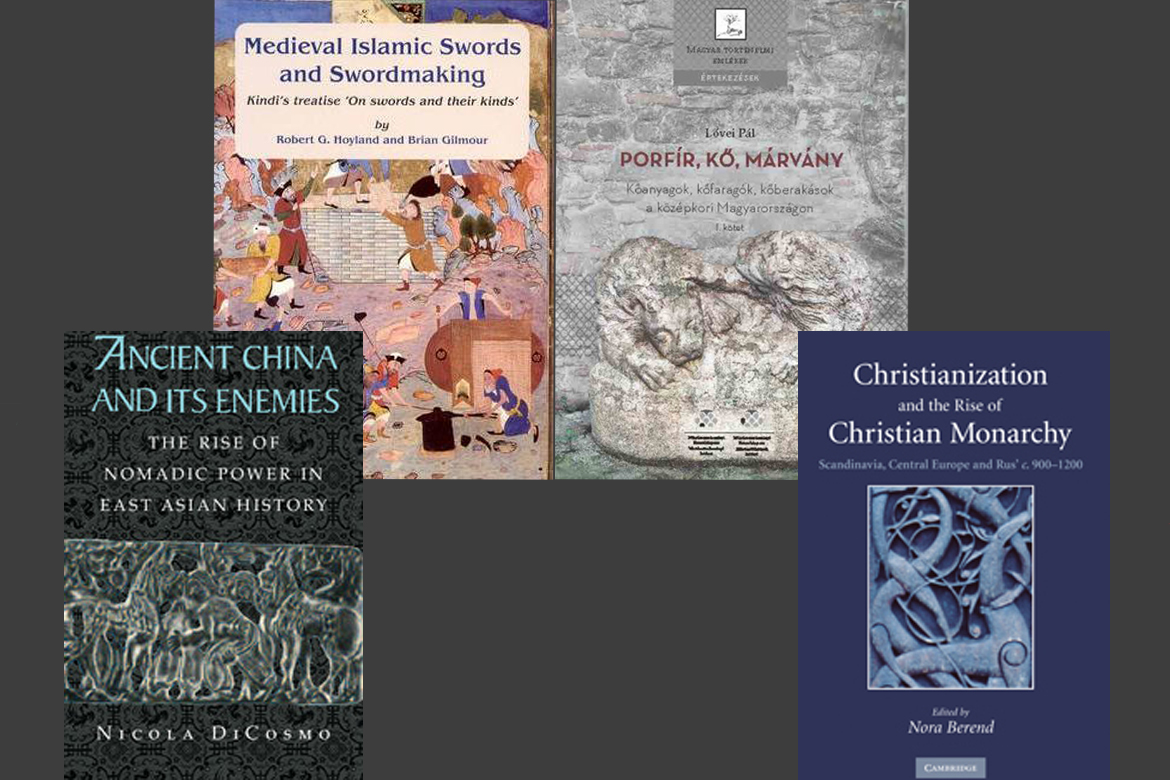
Kedves Olvasóink!
Havonta frissülő könyvajánló rovatunkkal a könyvtárunkba frissen érkezett kiadványokra szeretnénk felhívni a figyelmüket. A könyvek kölcsönözhetők, hozzáférhetőségükről az online katalógusban informálódhatnak, további felvilágosítást a könyvtárosoktól kérhetnek.
A könyvtár nyitva tartásáról és a kölcsönzés feltételeiről a könyvtár oldalán tájékozódhatnak.
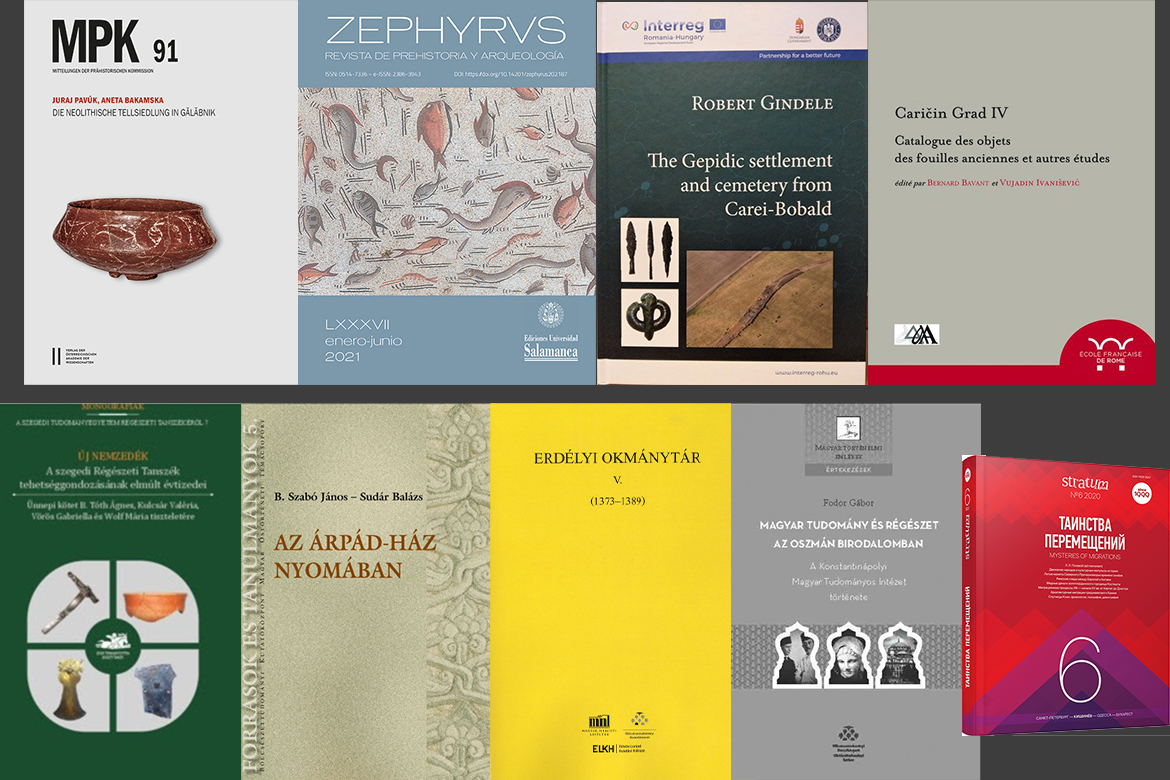
Kedves Olvasóink!
Havonta frissülő könyvajánló rovatunkkal a könyvtárunkba frissen érkezett kiadványokra szeretnénk felhívni a figyelmüket. A könyvek kölcsönözhetők, hozzáférhetőségükről az online katalógusban informálódhatnak, további felvilágosítást a könyvtárosoktól kérhetnek.
A könyvtár nyitva tartásáról és a kölcsönzés feltételeiről a könyvtár oldalán tájékozódhatnak.